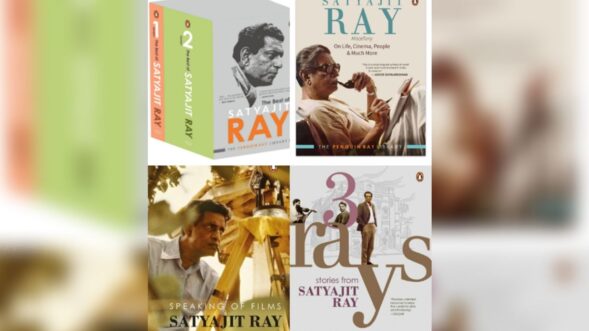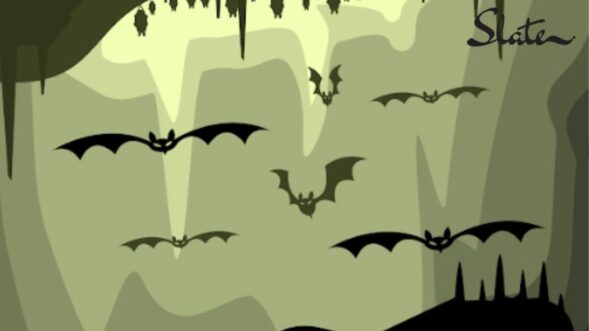
By Eleanor A. Sangma
In the beginning, the world was lifeless and formless. Emptiness reigned supreme, with darkness as its best companion. Dakgipa Rugipa Tatara Rabuga, the Great Creator, sent his faithful spirit or mite, Nostu Nopantu, to give birth to the Earth.
With the help of a beetle, who dove into the deep waters and collected clay in order to shape the Earth, Nostu Nopantu, finally birthed Mane Pilte (the Earth). However, it was initially just a mesh of clay and water, with no resources to help it take a solid form. Tatara Rabuga, hearing Nostu Nopantu’s pleas, then placed the Sun and the Moon in the sky, which helped shape the Earth into our familiar home.
Subsequently, all creatures on Earth, including humans, were created by the deity.
The first man to be created was called Amitong-Asiljong, while the first woman was known as Sane-Mune. These two individuals are said to be the very first ancestors of the A.chik tribe, according to oral traditions.
The ancestors of the tribe were a god-fearing group. They believed in a number of gods and goddesses, including lesser spirits, who were responsible for any and all misfortune that fell upon humans.
They also believed in the superiority of nature, and associated each natural element with a different deity.
Followers of the old gods, the Songsareks, exist today, although the numbers have decreased significantly after the spread of Christianity. There are many cases where the parents of a household believe in the old gods, while their children follow the new one.
While the number of Songsarek followers in general has dwindled, a reverse phenomenon seems to be happening in the village of Gondenggre in West Garo Hills.
According to Dirot Ch Marak, the Nokma (chief) of the village, the number of Songsarek households has recently risen to 20 from about eight to ten around the year 2007-2008. “It is going to rise to 21 as there is a marriage happening soon,” he claimed.
Marriage, he said, is the reason for the revival of the Songsarek followers.
A man marries into a Songsarek household and starts building his own family in the village, filling the gaps left by history. If there are five daughters in a household, each of them will get married and build five new households in the village.
Their surviving identity owes it all to the customs, practices and rituals they have always held on to. Their views on birth, marriage and death have not changed much. They attach the same meanings, and observe almost the same rituals.
Childbirth is a gracious occasion, although birthdays are not celebrated.
Even before the child is born, animals are offered for sacrifice. After delivery, the first thing they feed the new mother is a traditional rice beer prepared especially for the occasion. Made from the best quality sticky rice, no one can drink from it before it is served to the mother. Only after she has been rejuvenated with the prepared liquor, can it be enjoyed by other people. In many cases, younger males in the family hardly drink from it.
While groom capturing was popular back in the day, families have become more relaxed in terms of marriage.
Instead of chasing the groom, the whole affair of choosing one’s life partner is an interesting sight, according to the elders. It involves sharing sneaky signals under the moonlight, and teasing the Nokma for having his lights on too bright – Nokma alnamja (he is not generous or liberal), is what they jokingly say.
After the partners have been chosen, the couple’s omens are consulted, with the entrails of a chicken playing the lead role in this ritual. There is no big ceremony as might be observed in a Christian wedding or another religion.
Death has always been tragic, regardless of what religion one follows.
To remember the deceased, a memorial post known as kima is erected in front of the house. Normally three to four feet in height, the wooden structure is carved in semblance of the deceased and adorned with the clothing and ornaments worn by them.
A ritual known as me.mang dila or ja.ragata, which refers to guiding the spirit back home, is also observed till today – the relatives march on from the house of the deceased to his or her mother’s house – to show the spirit the way back home.
However, not everything has remained the same. Certain rituals have been forgotten overtime.
Ancestors of the tribe revered all things in nature; they found religion in the trees, the rocks and the water. Rituals representing gratitude towards some of the elemental beings could not withstand the tests of time. Marak said, “It’s too expensive, keeping up with all the rituals. Each one requires sacrifice of chicken, cow, pig, and goat. It became difficult to sustain such feasts over the years.”
Gitchipong a.siroka (worship of the gitchi or hoe used for cultivation), chiga a.siroka (worship of the water bodies) are some of the rituals, for instance, that have been discontinued over the years.
Despite the changes, the elderly believe that their traditions and customs will live on for a while. “There are people who are willing to learn and preserve traditional knowledge. As long as such people are there, our stories will still carry on even after we’re gone.






